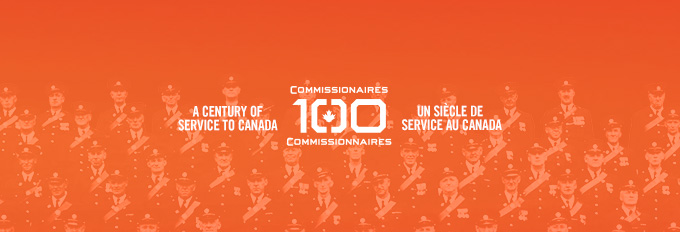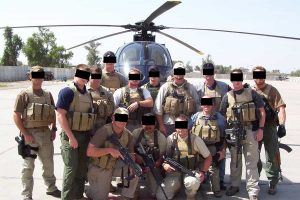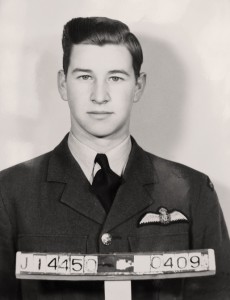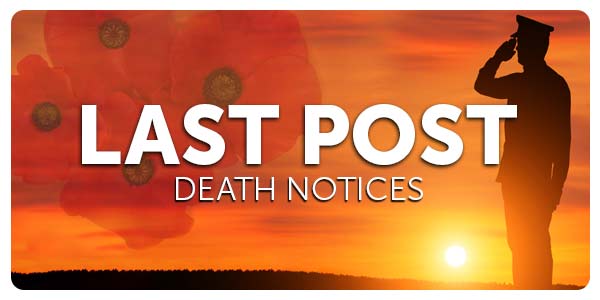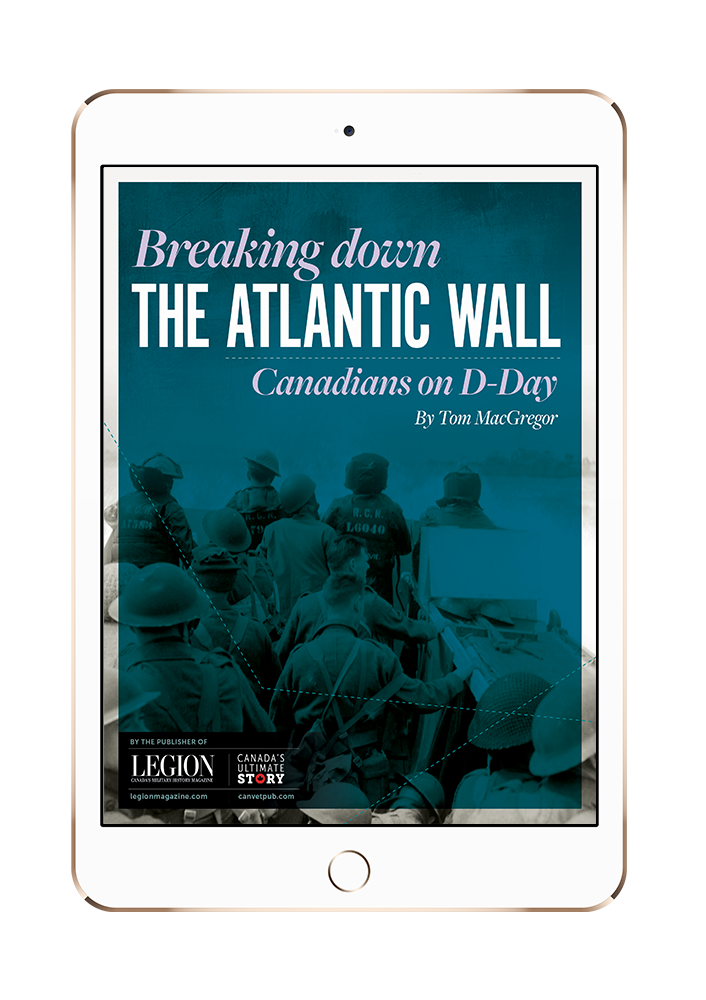A budget office report says the federal cabinet inflated military spending figures, implying it falsely closed the gap between NATO requirements and Canadian defence expenditures.
“These figures are based on an erroneous GDP forecast,” said the Oct. 30, 2024, report titled “The Fiscal Implications Of Meeting The NATO Military Spending Target.”
It noted Canada would need to double its defence budget to $81.9 billion from $41 billion by 2032 to meet NATO’s two per cent of gross domestic product (GDP) minimum spending on defence. The current expenditure represents 1.33 per cent of GDP.
Cabinet “has yet to release figures detailing how it will further increase defence spending to reach the 2% target,” said the report by a team of government budget analysts.
It’s the second challenge the office has made to defence spending claims. A July report found that Defence Department figures were inflated by “lapsed appropriations”—funds that were allocated, but not spent.
Defence Minister Bill Blair defended the government’s calculations, dismissing the most recent budget office figures as simply “different numbers” reached by alternative calculations.
“We’ve made it very clear to our NATO allies,” said Blair, “that Canada commits to achieving the two per cent that NATO has prescribed.”
We’ve made it very clear to our NATO allies that Canada commits to achieving the two per cent that NATO has prescribed.
As a percentage of GDP, Canada’s defence spending places it 27th among the alliance’s 32 members, 23 of whom met the two per cent threshold in 2024. In terms of actual money it spends on its military, however, Canada—a founding member of the alliance—ranks 11th.
The countries ahead of it in percentage-of-GDP expenditure include Russia-neighbouring states such as Latvia, Lithuania, Bulgaria, Estonia, Finland, Hungary, Slovakia and Czech Republic—all of which Canada outspends in actual dollars.
In fact, only one country in Russia’s immediate sphere of influence—Poland, which leads all NATO members at 4.12 per cent of GDP—actually invests more in its military than Canada. And barely.
Royal Canadian Air Force Colonel John Alexander has called the two per cent figure “a crude measurement,” saying it in no way addresses how the money is being spent.
NATO members are wildly inconsistent in how they calculate defence expenditures. Canada, for example, doesn’t consider its coast guard a defence expense; other countries do. Canada counts veterans’ benefits in its calculations; others don’t.
“These differences demonstrate the difficulty of using this type of measurement to determine real levels of military investment and financial support,” Alexander wrote in a 2015 edition of the Canadian Military Journal.
Advertisement







